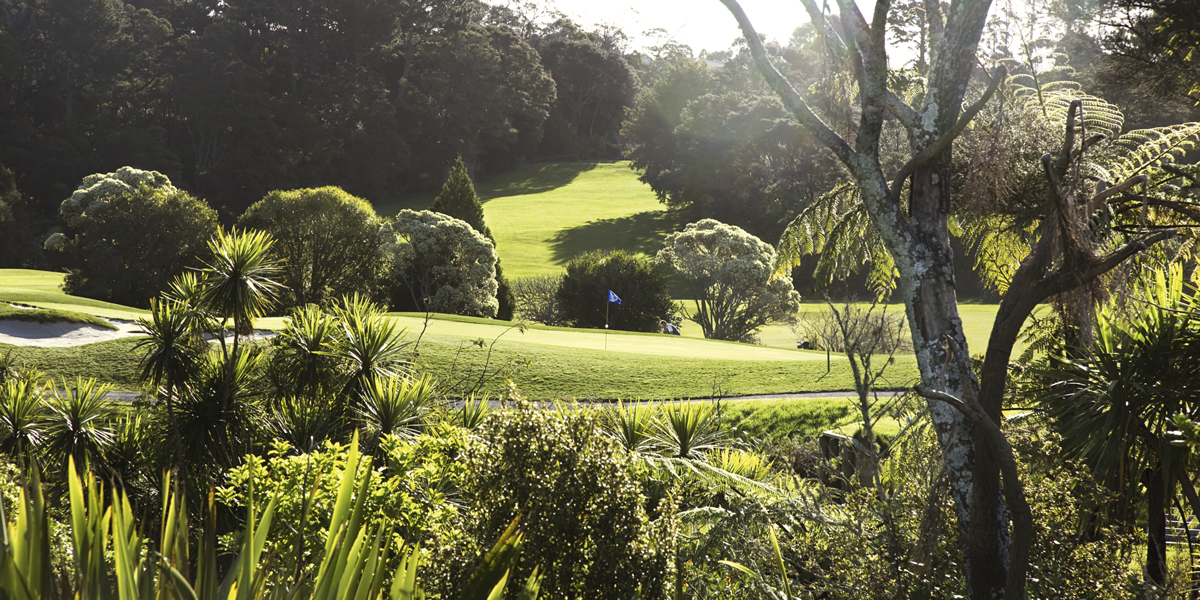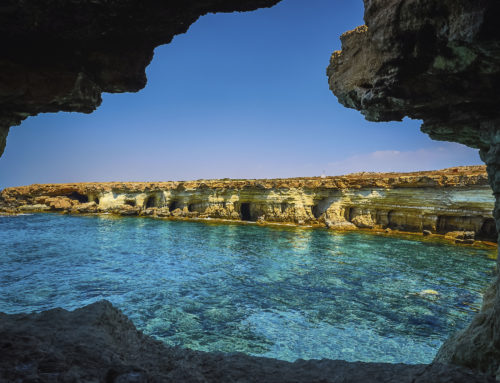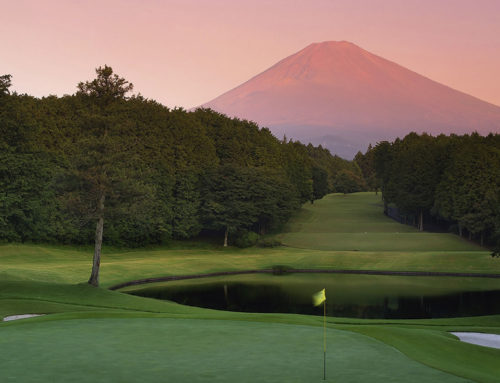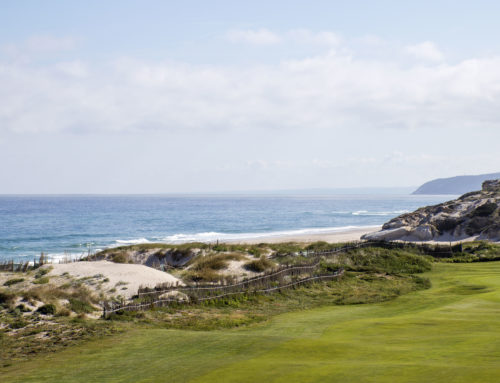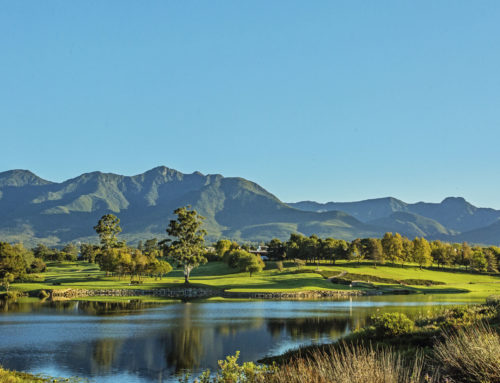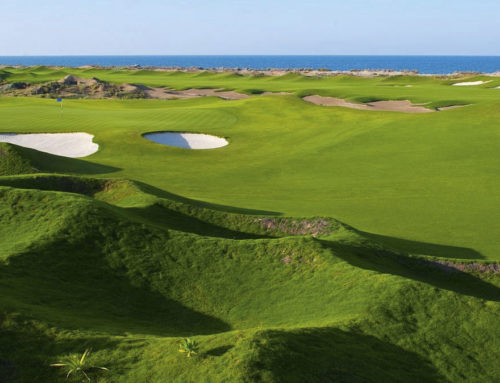Credit: Titirangi Golf Club
Playing a course created by famous golf architects gives golfers a real buzz — but it doesn’t mean having to splash out for the privilege. Besides creations hosting top championship events, there are lesser-known designer-label gems around the world that offer great value. Peter Ellegard investigates
Harry S Colt (1869-1951)
A successful lawyer, Colt became Sunningdale Golf Club’s first secretary and designed its New Course. In 1918, he helped create Pine Valley, ranked today as America’s top course. He teamed up with fellow Englishmen Charles Alison, John Morrison and Alister MacKenzie to design over 300 courses in 16 countries, including the home nations and across Europe, the US and Canada — over 100 of them on his own. Regarded as the pioneer of modern golf course architecture, Colt’s specialities were his signature par-three holes and strategic fairway bunkers. Other sole creations include Royal Portrush’s Dunluce layout, the 2019 Open Championship course, and Wentworth’s West course.
Play: Belvoir Park Golf Club, Belfast
This unsung Colt gem has hosted the Irish Open and is just three miles from Belfast yet feels a world away from the city with its fairways edged by mature trees and its clubhouse looking out to mountains. Green fees from £30.
Alister MacKenzie (1870-1934)
English-born with Scottish parents, MacKenzie trained as a surgeon before switching professions after World War I, having already designed several courses, then moving to America in the 1920s. His ethos was to imitate nature, his designs featuring free-form bunkers and long, undulating greens. He designed more than 50 courses in England, Scotland, Ireland, the US, South America, New Zealand and Australia, among them revered masterpieces Lahinch, Royal Melbourne, Cypress Point and Augusta National, home of The Masters.
Play: Titirangi Golf Club, Auckland New Zealand
MacKenzie’s only design in New Zealand is one of the country’s top venues and remains a walking course as he intended. Its rolling fairways are set amidst lush native bush just 20 minutes from Auckland city centre. Green fees from £80.
James Braid (1870-1950)
Scotsman Braid turned professional golfer in 1896 after starting as a club-maker, winning the Open Championship five times before embarking on golf course designing. He’s said to be the inventor of the dogleg hole and designed more than 200 courses in the British Isles. Among his most famous creations are the King’s and Queen’s courses at Gleneagles. He also remodelled Open venues Carnoustie and Royal Troon, and co-founded the PGA.
Play: Church Course, St Enodoc Golf Club, Rock, Cornwall
This undulating layout near Rock, in Cornwall, is ranked among England’s top links, its tight fairways overlooking the River Camel estuary with several holes encircling a lovely old church with a bent spire, where former Poet Laureate Sir John Betjeman is buried. Green fees from £45.
Donald Ross (1872-1948)
A trained joiner, Ross became apprentice golf club-maker to Old Tom Morris at St Andrews, returning to his Scottish Highlands home course, Royal Dornoch, as its first golf professional and greenkeeper. He moved to America aged 27 and although a successful golfer with top-10 finishes in five US Opens and one Open Championship, he is best known for his designs, creating or redesigning some 400 courses in North America. Known for natural layouts with wide fairways and small greens like upturned saucers, his designs include Pinehurst’s No 2, a four-time US Open venue, Oak Hill (host of four majors and the 1995 Ryder Cup) and Tour Championship venue East Lake.
Play: Donald Ross Course, French Lick Resort, Indiana
One of French Lick’s four 18-hole courses, a $5m restoration has returned it to the original 1917 design, including Ross’s trademark bunkers with flat bottoms and steep faces. Green fees from £56.
AW Tillinghast (1876-1942)
America’s first course architect and among its most prolific, Tillinghast was also one of its least likely. The spoiled only son of a rubber baron and a delinquent Philadelphia gang member, Tillie the Terror, as he was known, found his calling when his dad took him to St Andrews aged 20. There, Old Tom Morris became his golfing mentor. Soon a top amateur golfer, a family friend requested his help to build a course in Pennsylvania in 1907, launching a career that would encompass more than 260 courses. He strove to produce beautiful courses that were true tests of golf but fair for all golfers, inventing the double dogleg and crafting such masterworks as major championship venues Baltusrol, Bethpage Black and Winged Foot.
Play: Shawnee Course, Shawnee Inn & Golf Resort, Pennsylvania
Tillinghast’s first-ever design is now part of a Pocono Mountains resort that also features a Jack Nicklaus course. Green fees from £49.
Robert Trent Jones (1906-2000)
Designer of 300-plus courses in 30 countries worldwide and remodelling 150 more, it’s said that the sun never sets on a Robert Trent Jones course. The English-born son of Welsh parents, who emigrated to America when he was six, RTJ was a talented golfer who turned to designing when illness forced him to quit playing. He introduced target golf, using water to create testing par threes such as the redesigned 16th at Augusta National, his trademarks being large greens, water hazards and using excavators to flatten fairways and elevate tees and greens. Known as the Open Doctor for reworking many US Open courses, his designs include Ryder Cup venues Hazeltine and Spain’s Valderrama, and 18 courses comprising Alabama’s Robert Trent Jones Golf Trail. His sons, Rees and Robert Jr, are both noted designers.
Play: Half Moon, Jamaica
Half Moon’s course, opened in 1964 and since modernised by Roger Rulewich, hosts the annual Jamaica Open. Part of a luxury resort, it’s renowned as a walking course, winding through tall royal palms and luxuriant vegetation. Green fees from £98.
Pete Dye (born 1925)
Growing up on a nine-hole Ohio course built by his father, Pete Dye became a keen amateur. While in the US Army and stationed at Fort Bragg in North Carolina, he played Pinehurst’s No. 2 course regularly and got to know the designer of that and Fort Bragg’s course, Donald Ross. Dye took up designing in his thirties and after visiting Scotland began incorporating railway sleepers, deep bunkers and small greens into designs. He also introduced stadium courses with artificial mounds for spectators, the first one being the Stadium Course at Florida’s TPC Sawgrass, home to the Players Championship and featuring the par-three 17th with its notorious island green. Other famous Dye creations include Kiawah Island’s Ocean Course, setting for the “War by the Shore” Ryder Cup in 1991, and 2020 Ryder Cup venue Whistling Straits.
Play: Gasparilla Golf Club, Boca Grande, Florida
Set on a private island alongside the historic Gasparilla Inn, this Pete Dye Signature course is both beautiful and challenging, with several holes right on the
Gulf of Mexico. Green fees from £87 (hotel guests).
Arnold Palmer (1929-2016)
A seven-time major winner, ‘The King’ helped popularise golf before getting into designing. He created more than 300 golf courses on five continents including the first course in China, in 1988. His designs include the host course for the 2006 Ryder Cup at Ireland’s K Club and the King and the Bear in Florida’s St Augustine, a joint design with golf rival Jack Nicklaus. His courses feature generous fairways with a variety of risk/reward options.
Play: Tralee, Ireland
Describing his first European design, Palmer said of Tralee: “I designed the front; God designed the back nine.” It offers stirring Atlantic views and skirts the beach where Ryan’s Daughter was filmed, with the ruins of a circular 14th century castle tower by the signature 3rd hole. Green fees from £133.

